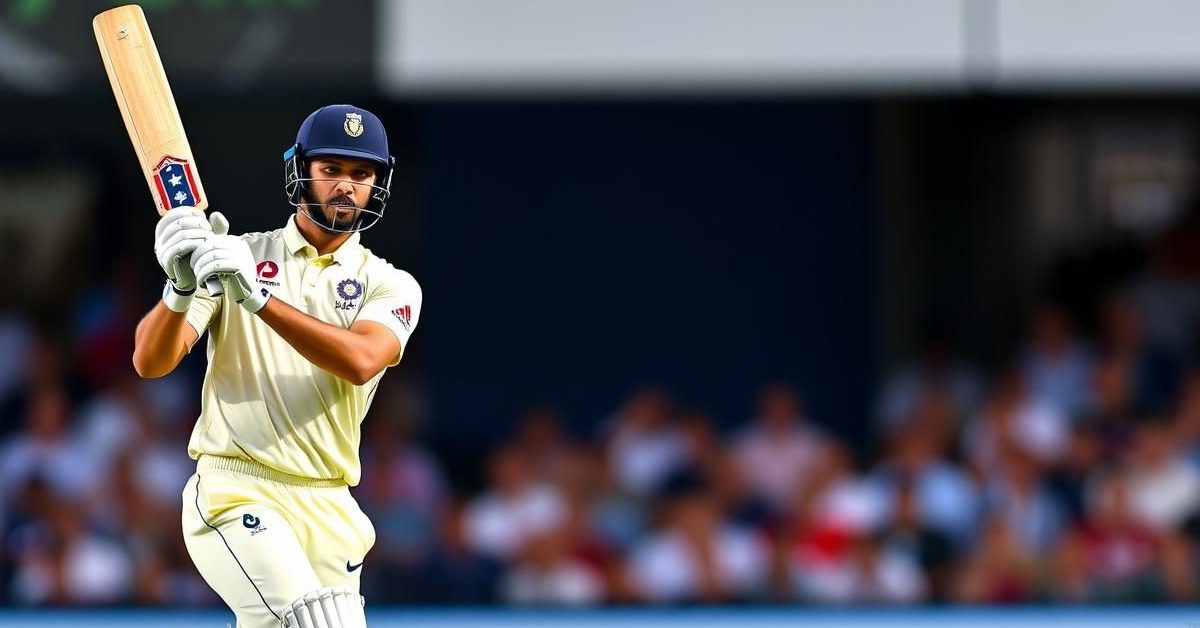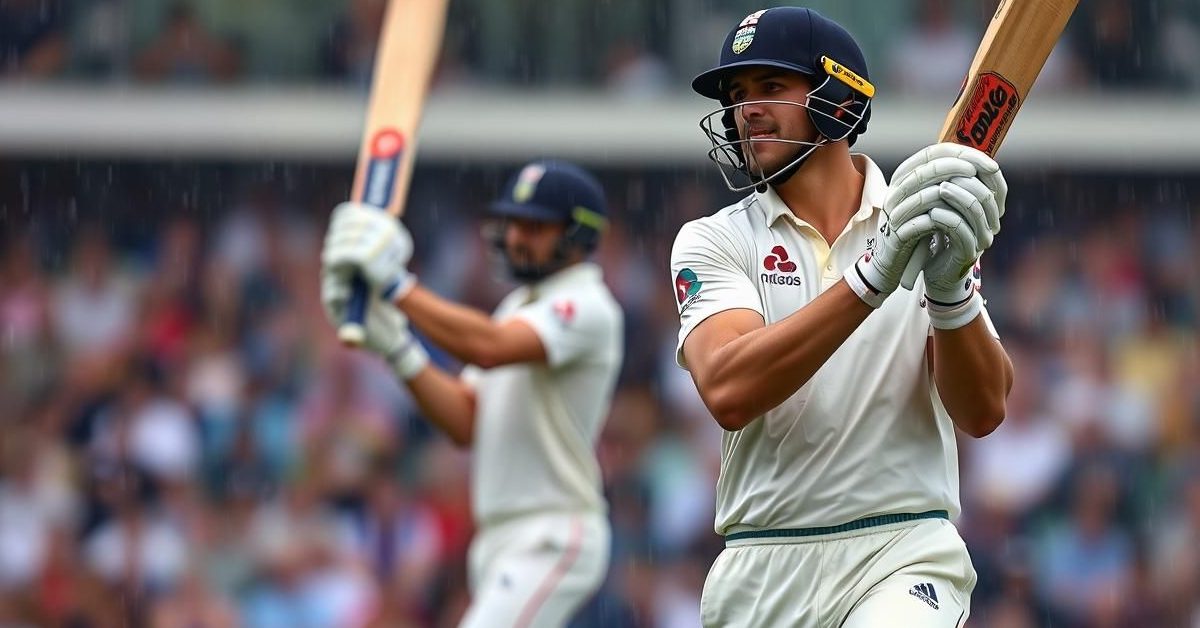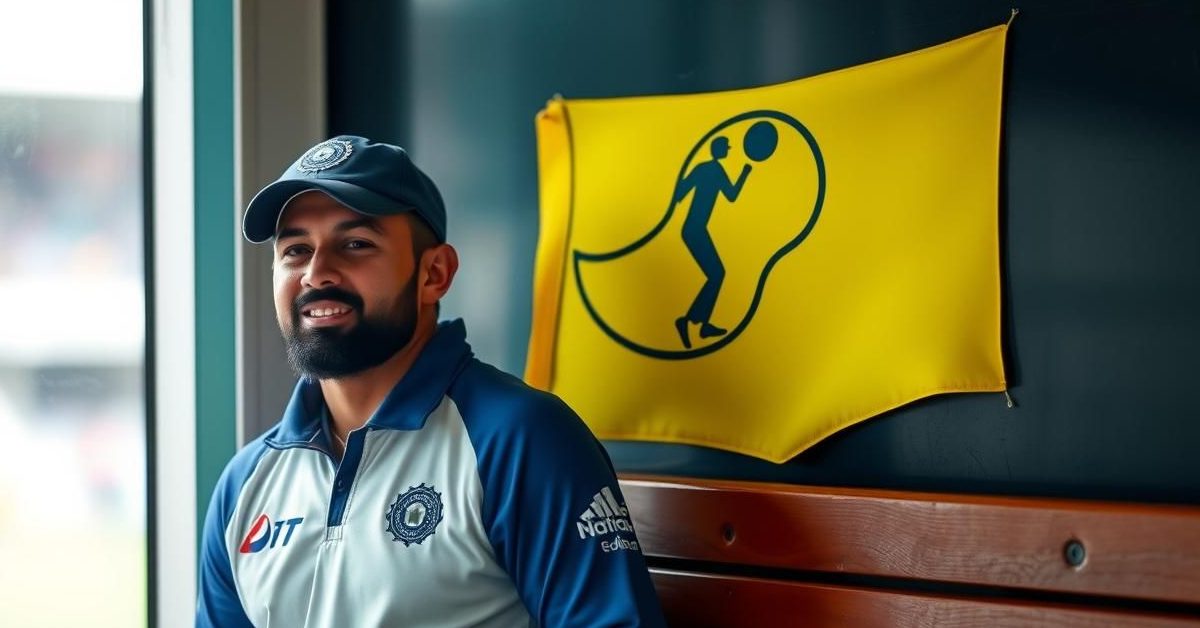India captain Shubman Gill delivered a monumental double century at Edgbaston, single-handedly propelling his team into a dominant position in the second Test against England.
Gill’s Masterclass Reshapes the Series
In a truly epic display, Shubman Gill hammered an incredible 269 runs, marking his highest individual score in Test cricket. This marathon innings, achieved in just his 34th Test and only his second as captain, notably surpassed the previous bests of batting legends Sachin Tendulkar and Virat Kohli.
His performance wasn’t just about personal records; it was a game-changer. Gill’s relentless batting allowed India to pile up a massive 587 runs, effectively exhausting the English bowlers. By stumps on Day 2, England were reeling at 77/3, thanks to early strikes from Akash Deep and Mohammed Siraj, but the day undeniably belonged to Gill.
As he walked back to the pavilion after batting for over eight hours, even the tired English fielders and every spectator, including the boisterous Hollies Stand, rose to give him a well-deserved standing ovation. It was a moment that underscored his impact and the sheer brilliance of his knock.
Bold Captaincy and Strategic Vision
Gill’s innings was also a statement of leadership. After India’s loss in the first Test, the young captain faced criticism for his team selections and field placements. However, Gill showed an independent mind, sticking to his convictions.
He opted to rest key bowler Jasprit Bumrah and surprisingly included all-rounder Washington Sundar over specialist spinner Kuldeep Yadav. This decision, initially questioned, paid off handsomely as Gill and Sundar forged a crucial 144-run partnership for the seventh wicket, pushing India’s total beyond England’s reach.
The Art of Batting: Technique Meets Tenacity
Gill’s junior coach, Abhay Sharma, has always lauded his technically correct batting. Sharma highlighted Gill’s “copybook” game, perfect shot selection, and excellent balance, noting his consistent approach regardless of his score.
On Day 2, Gill demonstrated this impeccable technique and a newfound mental resolve. Resuming at 114, he played with purpose, determined to convert his start into a big score. Despite England’s tight field settings, Gill’s precise hand-eye coordination allowed him to pierce gaps, fulfilling his coach’s prophecy of bisecting the field.
Breaking the Opposition’s Spirit
Beyond traditional cricketing shots, Gill also deployed innovative strokes to counter England’s strategies. When Ben Stokes set leg-side traps, Gill confidently used reverse-sweeps and slog-sweeps off spinner Shoaib Bashir, sending one ball out of the ground. These audacious shots not only added runs but also visibly deflated the English team.
By the time he crossed 150, the opposition seemed to have collectively given up, waiting for him to make a mistake. After reaching his double hundred, Gill continued for another 76 balls, finally succumbing to fatigue. His pull shot landed in Ollie Pope’s hands, ending an incredible 269-run vigil that spanned 387 balls.
- Shubman Gill’s 269 is his highest Test score and a new benchmark for an Indian captain.
- His marathon innings single-handedly gave India a commanding lead in the second Test.
- Gill demonstrated bold captaincy, validating his tactical decisions despite earlier criticism.
- His performance combined classic technique with mental fortitude, wearing down the English attack.
This remarkable innings from Shubman Gill not only showcased his immense talent but also validated the trust placed in him, proving he is indeed ready to lead India’s cricketing future.













